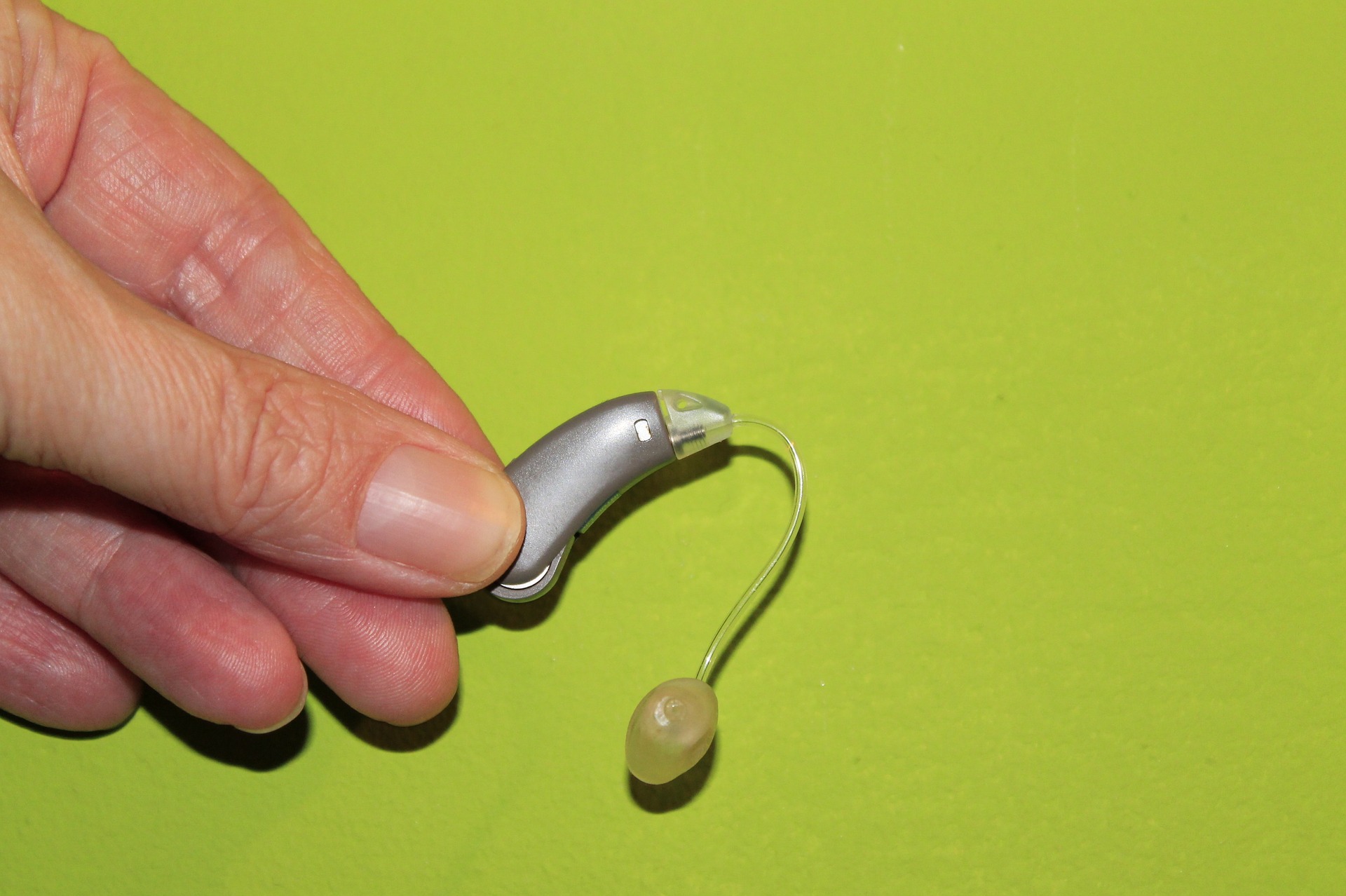Types of Hearing Aid Devices
Like suffering from hearing loss isn’t frustrating enough now you have to list through a list of hearing aid devices that are suitable for your budget and your need.
There are so many different brands and products out there suitable for different needs and budget and you can easily lose track off.
This article is a sort of additional information from the article on the best hearing aid.
We will segment all of the hearing aid styles to make this topic as clear as possible.
1. Behind the Ear (BTE)
This is the best model for children with hearing disabilities.
“They have by far the longest battery life and easily adjustable volume.”
This type of hearing aid device is larger in size than others with one exception which is the open fit model. The open fit model is primarily intended for people that have trouble recognizing high-frequency sounds.
Both of these models have a very long base that goes all the way behind the person’s ear. Sound travels through a tube and inside a mold specifically designed for the wearer’s ear canal.
2. In the Ear (ITE)
An in-the-ear hearing aid is custom made and fills most of the bowl-shaped area of your outer ear.
“This style is helpful for people with mild to severe hearing loss.”
This style of device is great for people that don’t mind having it placed in the ear but don’t want the device to go inside the ear canal.
An in-the-ear hearing aid:
- Is more visible to others
- May pick up wind noise
- Contains helpful features, such as volume control, that are easier to adjust
- Is generally easier to insert into the ear
- Uses larger batteries, which typically last longer and are easier to handle
3. In the Ear Canal (ITC)
As the name implies this type goes inside the ear canal. These are intended for people that don’t want the hearing aid device to be seen by others as it is small in size, and most of is concealed inside the ear canal.
“They are one of the most expensive ones and are custom made to fit by the audiologist.”
The only downside to this model is that it is the hardest to change batteries and adjust the volume. Also, the battery is smaller than in the other models so naturally, it lasts shorter.
4. Completely in the Ear Canal (CIC)
Completely-in-the-canal hearing aids are molded to fit inside your ear canal and can improve mild to moderate hearing loss in adults.
A completely-in-the-canal hearing aid:
- Is the least noticeable in the ear
- Is less likely to pick up wind noise because the ear protects the instrument
- Is easy to use with the telephone in most cases
- Uses smaller batteries, which typically don’t last as long as larger batteries
- Doesn’t contain extra features, such as volume control or directional microphones
Hope this article shined some light on this topic. You should also consider consulting an audiologist to make sure you are getting the best hearing aid devices for your needs.
Contact Us
If you, or anyone you know, worked in noise and suffers from hearing loss, please do not hesitate to contact us.
Contact Us


